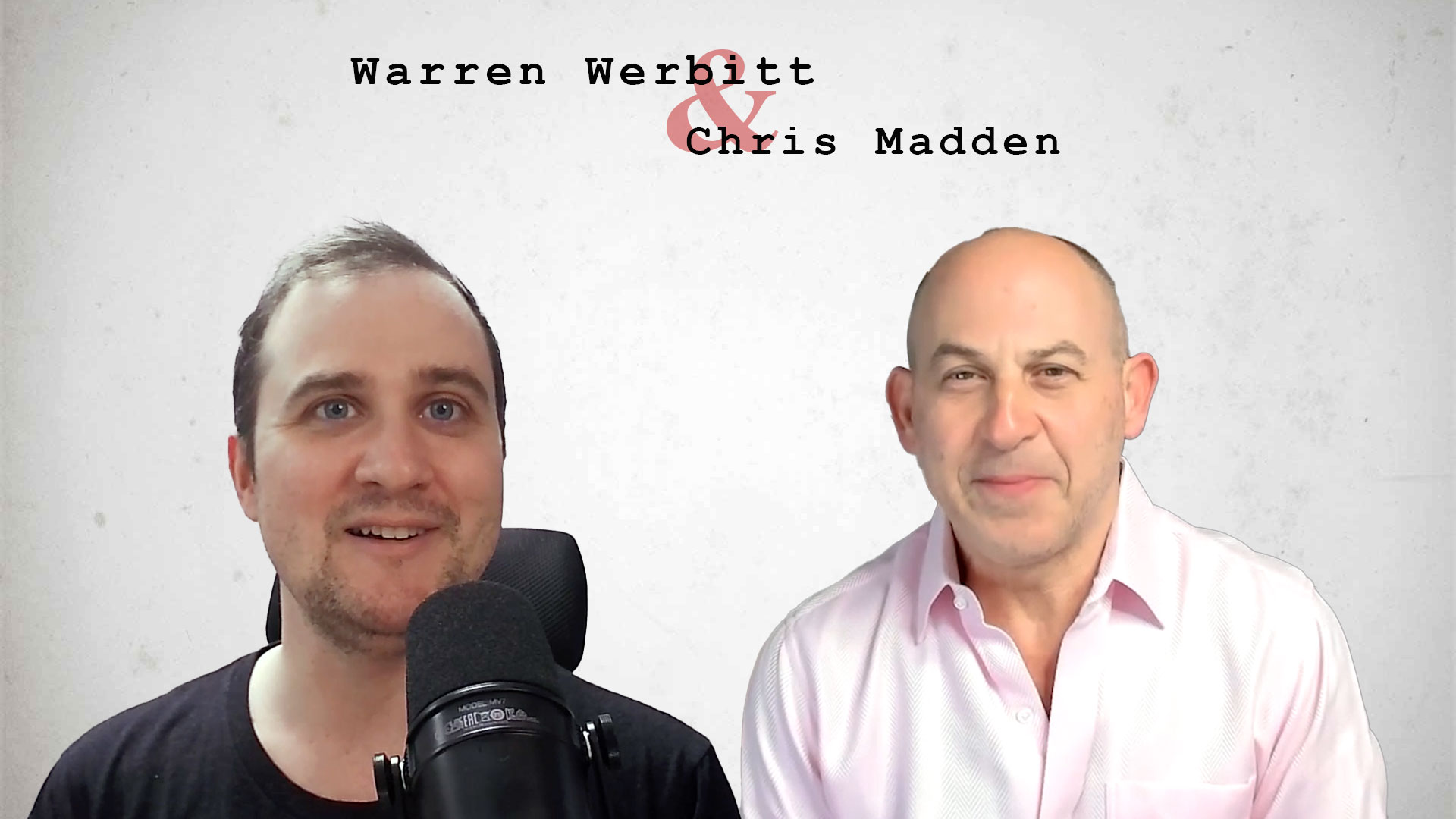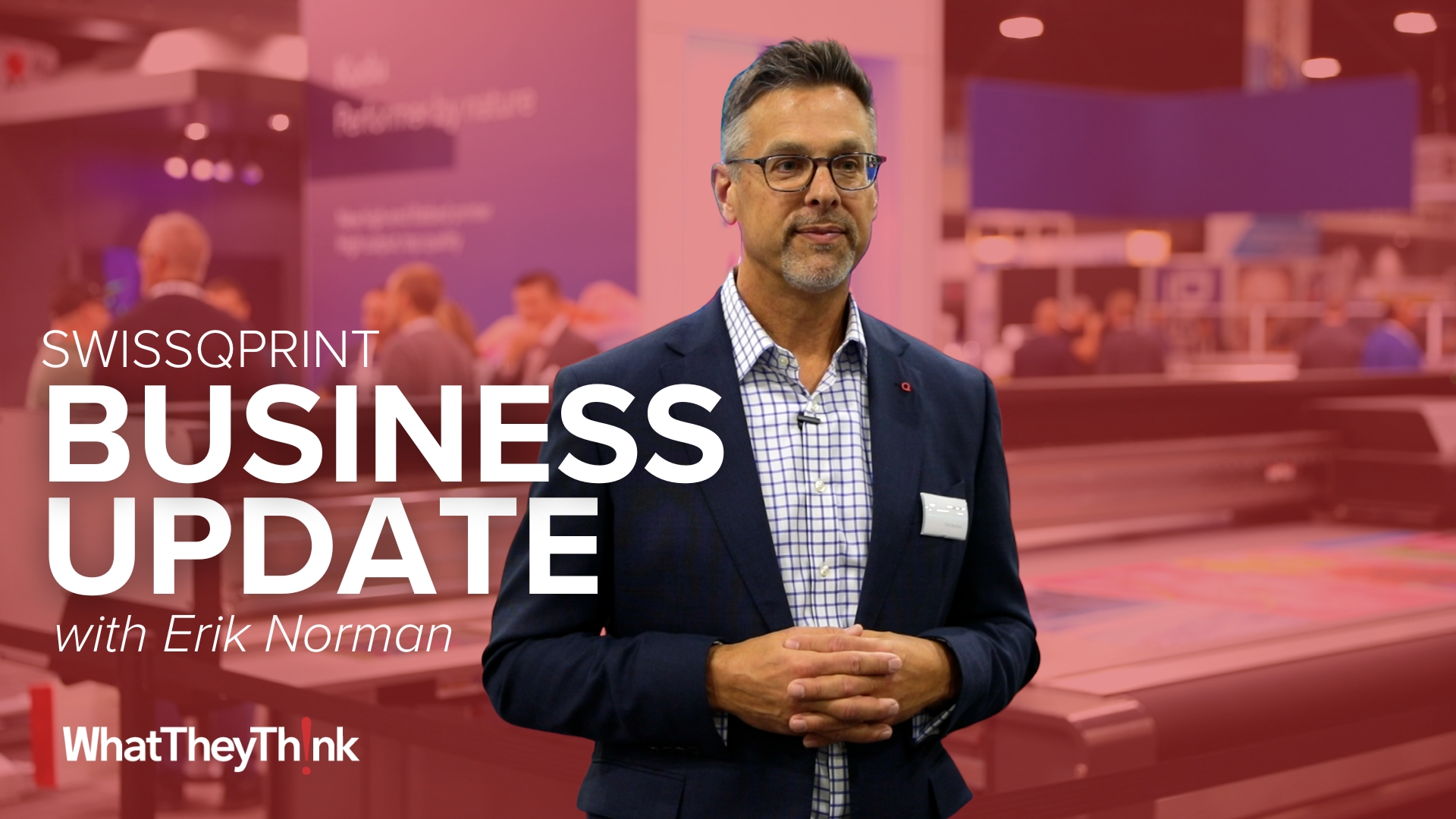In recent months, I have been involved with many sales pitches to organizations of all sizes, mostly helping printers land deals with large corporations.
Here’s what’s on my mind.
The “sale” in each case could be characterized as “software with print on the side.” We will be in these meeting for up to two hours; software taking up more than 90% of the conversation. Usually somewhere near the end of the meeting, someone asks where the manufacturing plants are located. This isn’t to say that the amount of print or the value of the print is small, just the opposite – these are seven figure print programs but the decision is all about the software.
Are you ready to sell software with print on the side? My clients are and many of them are very traditionally schooled print industry people. Yet, they are listening and reacting to the market. They are filling sales meetings with ‘software people’ knowing that’s what the customer wants. What can you do to solve our business problems and then deliver the end product which happens to involve printing?
If you don’t have the software to solve your customer’s business challenges, you don’t even get the meeting. I’m not talking about that narrow definition our industry huddles around for web-to-print. If order placement was all that was needed, we’d have very little to talk about. Customers have challenges in the form of end-to-end business processes that are so inefficient, so broken, so manual that they are drowning trying to keep up. If you think you can come in and win the business by talking about printing presses and costs per sheet; you are sorely mistaken. They don’t have a “printing problem” they have a business process problem way in front of printing which is keeping them from innovating, reacting to the market, personalizing their product and message, and most importantly getting themselves a raise or promotion (ideally both).
How do you identify these problems? You know that adage that once you decide to paint your house, all you notice is colors? I guess my brain is now wired to see business process challenges because they are everywhere. They leave behind very clear clues in the form of unnecessary artifacts.
When the business commits digital data to print throughout a dynamic business process, you know there’s an issue. The whole advantage of digital data storage is that you can keep changing it as the business process proceeds. A former colleague of mine Chris Glon (genius), founder of printChannel.com taught me this in the late 1990’s when he talked about leaving the data in the database until the very last moment – then commit to creating the Postscript at the very end. He understood that if he had control of the data, he could maneuver – once he committed to the artifact, his options were greatly limited. When people insist on creating artifacts that make them comfortable (laser prints, PDFs, etc.) it’s not efficient. When software people aren’t around, non-software people solve challenges with spreadsheets, PDFs, and email. These are three key artifacts that scream “inefficient business process!”
Software can be strategically applied to solve specific business challenges and you don’t have to write it from scratch. I am a big fan of headless (no user experience) platforms that provide solution specific features without assuming they know what the user experience will be. What does all this technical jargon mean? A headless platform means you give up on the idea that you know what your customers need as far as user experience and what challenges they intend to solve. We are using a headless B2B ecommerce system to solve a proofing challenge because the proofing challenge is so weird there was no way to stuff it into an existing system. We needed a way for the customers to easily proof, edit, and approve thousands of files across multiple stakeholders. The most important aspect of this solution was the user experience.
The key comes down to abstracting what you really need to solve online. I like to say; virtually every business challenge requires you to control content, commerce, and engagement online. What you want to do is spend all your time on the special stuff and as little money and time as possible on the ‘expected stuff’ – like login, registration, user groups, forgot my password, catalog of products, cart. I do not want to be involved with coding for those expected features ever again. I want to work on how to build a beautiful user experience for crazy proofing or personalization challenges that then end up on a printing press.
This is a super strategic way to look at software. I have found that it does not resonate with many print business owners because we are so used to looking at software feature sets and user experiences and judging the software by what we can use immediately. It is not for everyone. In a recent discussion, I recommended a headless ecommerce and content management system (CMS) to a very large printer who was still in the process of defining what challenges they were going to solve online for their customers. The recommendation fell totally flat, primarily because I don’t think I did a great job of explaining it AND it was so foreign to the stakeholders that they could not get out of the feature comparison model for choosing software.
Software is eating the world – Marc Andreessen said this because it is the tool of choice to create new markets and optimize existing workflows. You should start to think of your sales process as software with print on the side.










Discussion
By Amy Watson on Jul 26, 2017
very well said that software can b strategically applied to solve specific business problems irrespective of industry.
By Gerhard Maertterer on Jul 26, 2017
We are printers. Our over 100 year history is rooted in the tradition of Johannes Gutenberg. But today our sales and consulting teams strike a balance between software and print, opening up new approaches to comprehensive omni-channel communications.
One example: Four years ago one of Europe’s biggest travel companies wanted to offer its travel agencies the opportunity to create and print individual catalogues, which we established online Web-to-Print shops for. The run for a single travel agency is small, so we digitally print those. But there are nearly 10,000 travel agencies in Germany - you can imagine how big the overall run is.
Together with a young software start-up company we developed a web-to-print-solution, with a foolproof usability, which every travel agency can easily handle. It was this software solution, which helped us to win this pitch, not our printing capacities.
Meanwhile, this young startup company is part of Eversfrank Group and is selling this cloud solution also to printers in the USA – from their Chicago-based office.
Discussion
Join the discussion Sign In or Become a Member, doing so is simple and free